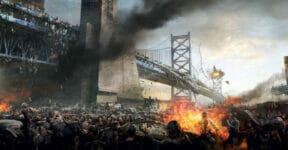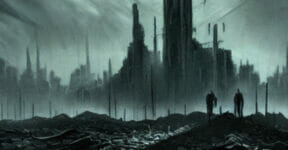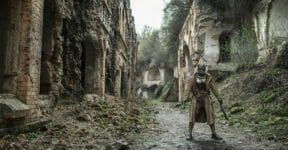Stephen King’s The Stand begins with a soldier running from a secretive military base after a plague has escaped the facility and killed everybody else around. The plague, later identified as a super-flu virus known as Captain Trips, spreads like wildfire across the world and eliminates nearly all the human population within a month. However, The Stand is really about what happens to the few survivors in the aftermath of the global pandemic. Released in 1978, it is an odyssey that remains relevant today and is still arguably unmatched. Even if you have read the novel, there are probably few things about it you don’t know yet.
The Inspirations
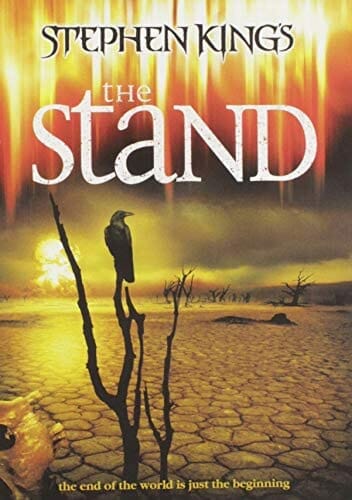
Stephen King has mentioned the inspirations behind the novel in his nonfiction book titled Danse Macabre, published in April 1981. The expanded edition of The Stand (1990) also mentioned similar points in the preface section. As King himself explained it, the ideas came from:
1. Other novels

The literary work often cited as an inspiration to The Stand is an unfinished novel about a real-life kidnapping and the subsequent brainwashing of Patty Hearst by Donald DeFreeze and his Symbionese Liberation Army in 1974. King also has a long unfulfilled desire to write an American version of The Lord of the Rings. To some extent, The Stand is a combination of those intentions. It is common knowledge that the author even drew some ideas from Earth Abides by George S. Stewart.
2. Dugway Sheep Incident
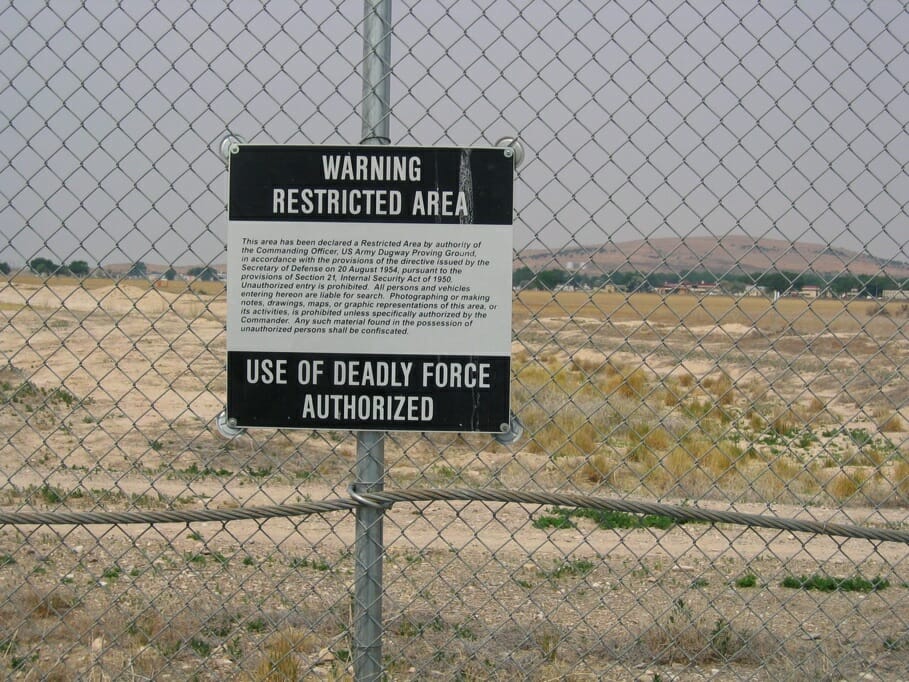
On March 14, 1968, thousands of sheep died on a farm located near the Dugway Proving Ground in Utah. No one knew what happened until months after the tragedy. A team of researchers, including health officials and local veterinarians were tasked with figuring out the culprit of the mysterious deaths. What the researchers found was probably more harrowing than everybody had thought.
It turned out that a jet had inadvertently sprayed a type of nerve gas, called the VX, at an altitude much higher than anticipated. The gas was supposed to affect only a specific area on the proving ground, but the combination of tank malfunction, high altitude, and wind direction carried the lethal compound to the farm, where some 6,000 sheep were grazing on the grass. Some died within 24 hours, while others acted like mindless zombies for weeks before succumbing to the poison. Before death, the rather resilient sheep behaved in an uncoordinated manner; they were walking tilted with heads constantly turning to one side and seemingly dazed. All the sheep developed symptoms consistent with VX gas poisoning.
After several months, a report came to surface from the National Communicable Disease Center. Based on multiple tests conducted on the forage and water in the vicinity as well as analysis of dead sheep’s livers and blood samples, they confirmed everything was contaminated with the same chemicals as what the US Army had provided for comparison. The discovery sparked a debate on the potential use of chemical weapons in conflict.
Relevant Allegory
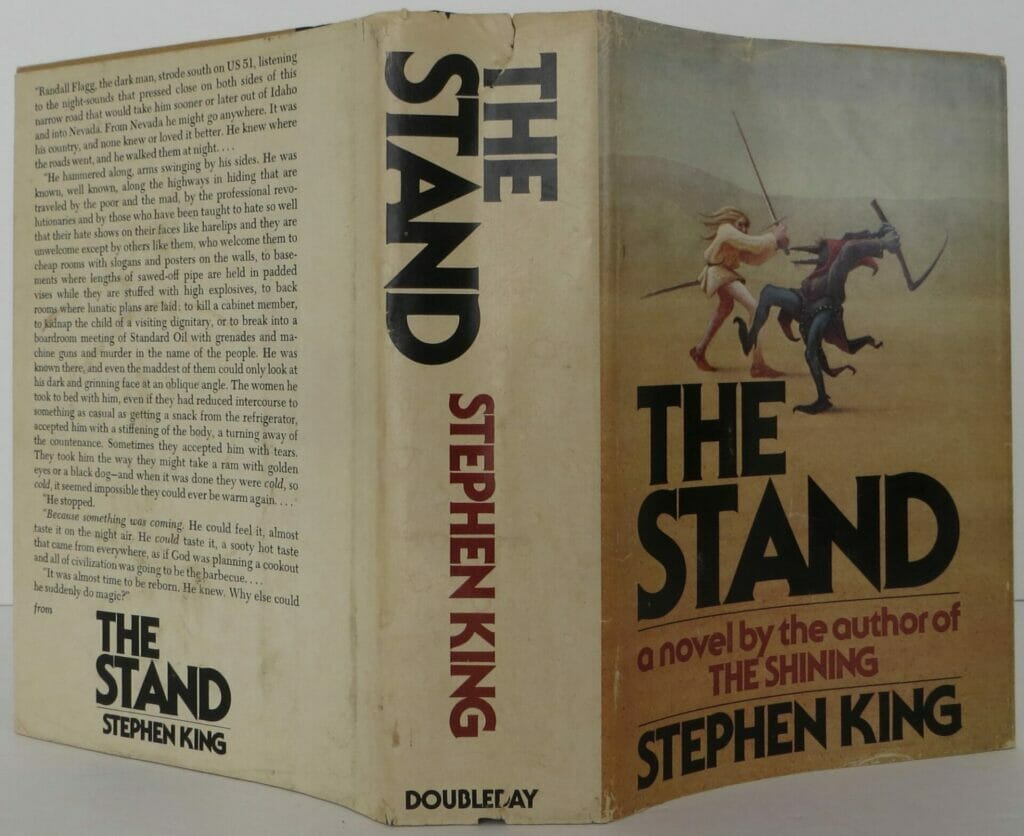
A near-complete collapse of human civilization due to the super-flu in The Stand is a plausible real-world scenario following the spread of a lethal disease. Throughout the decades since the novel was first published in 1978, it has found relevance through the AIDS epidemic, H1N1 Swine Flu pandemic, and the recent COVID-19 outbreak, among others. That said, the downfall of civilization is only one part of the story.
The next big chunk of the novel tells the story of Randall “Dark Man” Flagg, the main antagonist. He is a dictator driven by lust, pride, wrath, and greed in his attempts to build a new society from the remnants of civilization. He takes advantage of the chaos to gain power. Many readers think the Dark Man is another allegory of real-world characters, too.
Cut and Expanded

The original draft for The Stand is more than 1,150 pages. When the novel arrived in October 1978, it was about 400 pages shy. In other words, about a third of the novel was omitted. To make matters worse, the reduction did not concern quality control but mere publishing logistics. The publisher decided to shorten the novel so that it might be financially profitable. Fortunately, it was King himself who made the cuts.
By the late 1980s, Stephen King became the undisputed king of sci-fi horror. The public became aware of the problems with the original draft of The Stand and the demand for an expanded edition was too much to ignore. In 1990, The Stand – The Complete and Uncut Edition finally arrived at bookstores. All he had to do was restore the old pages back. The later version is more popular than the original.
TV Adaptations

There have been multiple TV adaptations of The Stand. The first was a 1994 mini-series aired on ABC, based on the 1990 edition. Critics praised the direction by Mick Garris and the cast, which included Gary Sinise and Jamey Sheridan. As truthful as the miniseries is to the source material, it ranks lower to other adaptations such as The Shining and The Dead Zone. A remake of the 1994 adaptation aired on CBS All Access from December 2020 to February 2021. It also received mixed reviews. At least two film adaptations of the novel have been stuck in development hell.
Characters’ Transformations
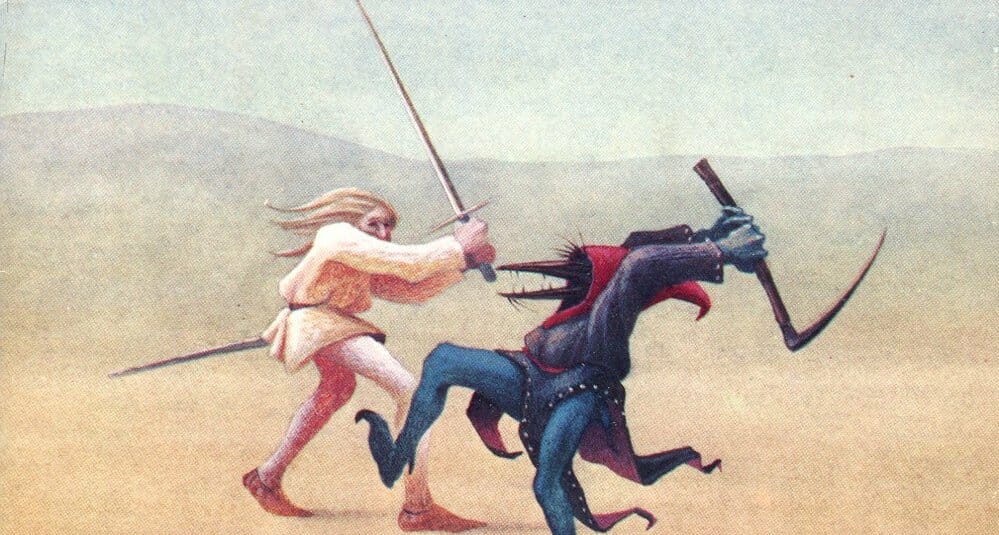
Some characters from The Stand have been repurposed for King’s other novels. One of the most notable is Randal Flagg, who appears in various iterations in several works, for example The Eyes of the Dragon and the Dark Tower series. The latter appears like red line that connects substantial parts of King’s numerous works into a single universe.
We think The Stand may be the most frightening book ever written. Those constant dreams the characters had were terrifying! Have you read it? Do you think it was scary in an apocalyptic way? Drop us a line. We’d love to hear from you.
If you liked this, then check out I Am Legend: The Book—If This Is the Future of Humanity, the End of the World Is Going to Suck!
Other things you might want to know about.
What are other popular horror fiction shows?
According to google.com there are several shows that fit the genre of horror fiction.
- Stranger Things
- 1899
- American Horror Story
- The Walking Dead
- Wednesday
- Cabinet of Curiosities
- Sandman
- Yellowjackets
- The Handmaid’s Tale
- The Midnight Club
- Game of Thrones
- Dark
- Chucky
- The 100
- From
- Fear of the Walking Dead
- All of us are Dead
- Lucifer
- What we do in the Shadows
- Locke & Key
- Black Mirror
- Two Sentence Horror Stories
- Supernatural
- Castlevania
- Chilling Adventures of Sabrina
What is the difference between the two versions of The Stand?
According to comicbook.com there have been several adaptations of The Stand since the original was published in 1978. The first book was loosely based on a story called Night Surf, which sees most of humanity wiped out by a virus.
The original The Stand was published in hardback and had 832 pages. The events took place in 1980. Then the book was released in paperback form and the setting date changed to 1985. A new version came out and the setting date changed to 1990. In May of that year there were in more changes to the story. This new version was changed to The Complete and Uncut Edition and had 1152 pages with 400 pages being restored from the first book.
For more details about these changes go to comicbook.com and read Nicole Drum’s article called, The Stand: The Different Versions of Stephen King’s Story Explained.
What writing strategies does Stephen King use?
According to inc.com King uses these strategies when writing his novels.
- Tell the Truth
- Don’t use big words when small ones work.
- Use single-sentence paragraphs.
- Write for the Ideal Reader.
- Read a lot.
- Write one word at a time.
- Write every day.
- Write for the joy of it.
Read this article on inc.com for more details about how Stephen King sells 350 million books. The author is Glenn Leibowitz and the article is called, Stephen King Used These 8 Writing Strategies to Sell 350 Million Books.


